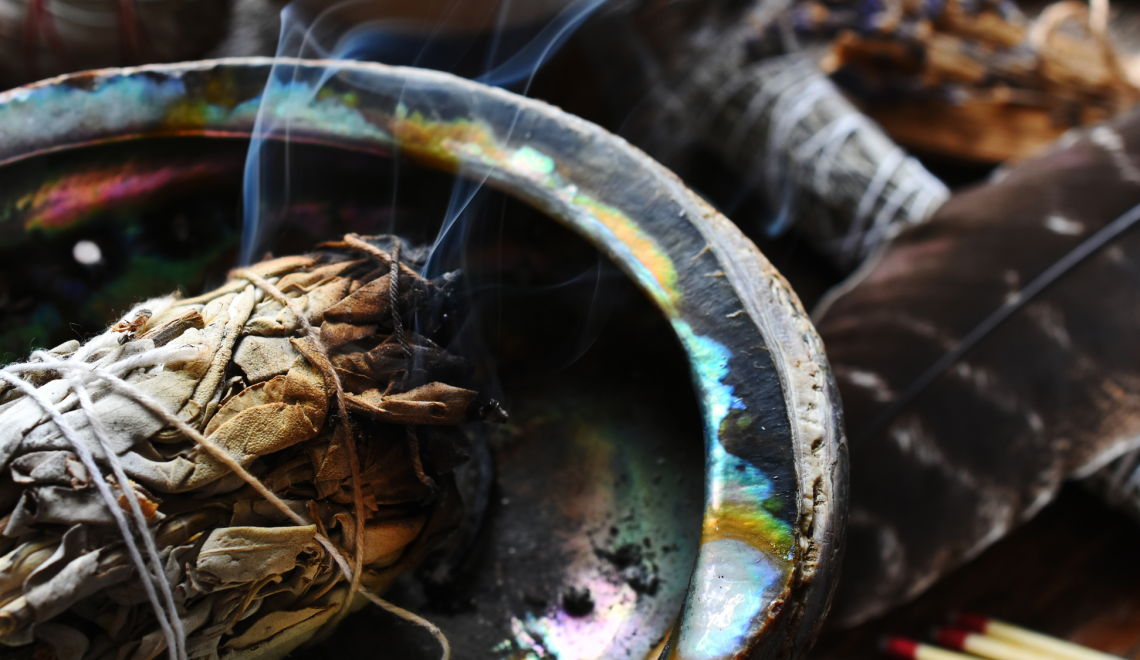
As we enter a new year, we reflect on the significance of this time in indigenous communities. For Native Americans, the New Year is a profound celebration of nature, the spiritual world, the sun, the rain, and our ancestors. It’s about honoring the past while embracing the future. For them, the New Year isn’t celebrated on one day, but over the course of five months. Towards the end of the year there are traditions that celebrate the incoming year. After New Year’s day there are celebrations throughout January and sometimes into February, depending on the lunar calendar.
Here, we delve into eight captivating Native American New Year traditions that embody this spirit of reverence and renewal.
Eight Native American New Year Traditions
1. Symbolic Dances, Tewa Tribes
The Tewa, known for their linguistic unity and shared Pueblo culture, celebrate the incoming year through a series of dances in the latter part of each year. In October, they perform Deer dances, capturing both feminine and masculine aspects of life. The Deer dances are followed by Buffalo dances in November, symbolizing healing and strength and culminates in the Turtle dance at winter solstice, a public ceremony filled with ancient songs renewed for the occasion. This is the most public religious ceremony of the year.
2. Making Prayer Fans, Hopi
For the Hopi, the New Year aligns with the winter solstice on December 22nd. During the Soyal Ceremony, they symbolically turn the sun back toward summer to breathe life into the coming year. This nine-day event is filled with the creation of prayer fans (pahos), rituals, teachings, and a communal feast, marking a period of reflection, preparation, and celebration.
3. Sharing Meals, Umatilla
For the Umatilla, the New Year is a time to celebrate the return of sacred foods like deer and bitter roots. As the daylight stretches the people gather to share meals, sing, drum, dance, and pray, reinforcing their community bonds and expressing gratitude for the Earth’s bounty.
4. Joining of Seasons, Navajo
October is the joining of seasons (Ghąąji’ ). It marks the new year, the harvest, and preparations for the winter ceremonies. This change in seasons, as the snow covers the land, there will be time to tell and share sacred origin stories.
5. Shalako Dance, Zuni
Shalako is the central event of their year. Like many Native American ceremonies, it coincides with the winter solstice and celebrates the return of the sun to warm the people and the land. The Shalako ceremony reenacts the Zuni’s emergence, gives thanks to the rain gods, and asks the spirits for good luck in hunting, good health, blessings on the homes and for the plants and animals.
6. The Stirring of the Ashes, Iroquois
The Iroquois observe the Midwinter Ceremony over nine days, timed with the lunar cycle. The Stirring of the Ashes is a profound ritual within this celebration, symbolizing gratitude for the past year’s blessings and the stirring of new beginnings. It’s a moment of deep reflection and thanksgiving, integral to Iroquois culture and worldview.
7. Public Naming Ceremony, Iroquois
A vital part of the Iroquois Midwinter Ceremony is the public naming ceremony. Here, children born over the past year receive their Indian names in a celebration of identity and community. This ritual connects each new generation to their culture and ancestors, marking their place within the long, unbroken line of their people.
8. Tobacco Invocation, Iroquois
Tobacco holds a sacred place in many Native American ceremonies. During the Midwinter Ceremony, the Tobacco Invocation is performed to send a message of thanksgiving and a plea for a bountiful growing season to the Creator. This ritual underscores the deep connection between Native Americans, the land, and the spiritual realm.
As we celebrate these rich traditions, we also honor the enduring heritage of Native Americans. We invite you to support indigenous heritage by learning about and purchasing authentic Native American creations. Your support helps keep these vibrant cultures and traditions alive for generations to come.

